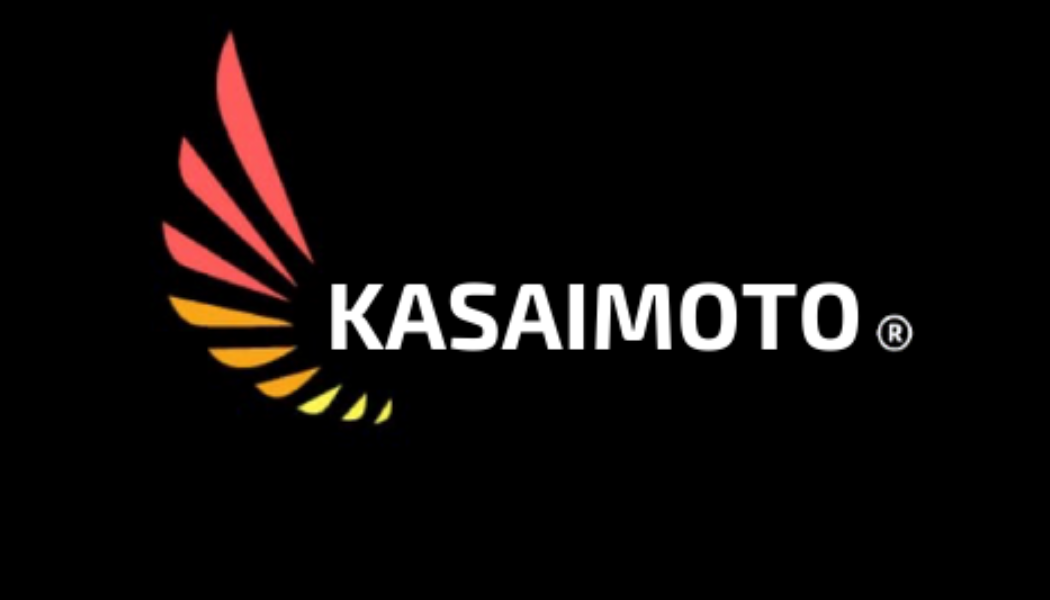Supercharger Rotor Coating
Superchargers are Air Moving devices, Air pumps, in some cases Air Compressors. Superchargers are Dynamic rotating machines and in the case of Rotor coating are Roots or Screw type. Their purpose is to increase the charge air density & airflow in to the engine. Denser air makes the combustion processes more efficient and lets the engine generate more horsepower as explained in other articles. However, in many instances Supercharger efficiency is limited by geometry and design. Air leaks through the clearances between the rotors, between the housing and Rotor tips, and the output ends of the rotors. The higher the Pressure Ratio the more likely air is to escape back to the low-pressure areas of the Supercharger. This leakage is lost efficiency, leading to charge air heating and lost power in terms of parasitic horsepower required to rotate the Supercharger. In fact, pumping efficiency is related to the clearances between surfaces that move the air in terms of its Volumetric and Isothermal efficiencies.
The tighter the clearance the better. But that is not easily attained and is often a compromise because the Aluminium Rotor surfaces in Superchargers are usually three dimensional Helixes, machining them to fine tolerance dimensions is difficult and time consuming even with modern production CNC Machines. Manufacturers can match each Rotor set manually to get the best fit, again time consuming, but consideration must be given to Thermal expansion and operating clearances. The dilemma for designers is that clearances tight enough to Air seal surfaces risk component-to-component contact between the Rotors and/or Housings leading to significant damage or even seizure. The tolerances between the Rotors in many occasions is in the order of .003”-.007” and Rotor to Case clearance .0015”-.004” depending on Supercharger design and size.
Kasaimoto coats the Rotors and internal surfaces with a product that has exceptional properties. It is a Polymer product that has excellent adhesion qualities to the parent Aluminium, a very high melt point/heat resistance. It is resistant to Water, oil, petrol, and Alcohols. It is also possesses abrasion resistance and has very low coefficient of friction allowing very close operating tolerances and is accurately applied in Microns to reduce the operating clearances of the Rotor to Rotor and Rotor to Casing which improves the Air seal and efficiency of the Supercharger.
Manufacturers have tried and do utilise other methods of Rotor sealing, for example, tighter production machining tolerances, which can add significant time related costs, some use Hard Anodising if their Rotor profiles are accurate enough, whilst others utilise a powder coating product, each manufacturer has its reasons which route it follows but it all relates to improving the efficiency of the Supercharger unit. With mass produced OEM Automotive products, manufacturers scrutinise costs which usually leads to a performance compromise, and this is all before the unit has undertaken significant operation and with aging is losing its intended performance due to degradation of its components.
